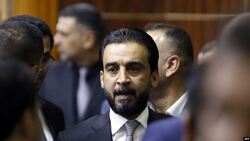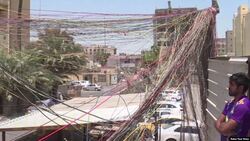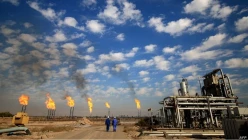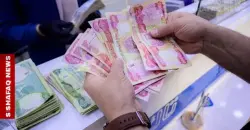What does Iraq look in a post-Sadr era?
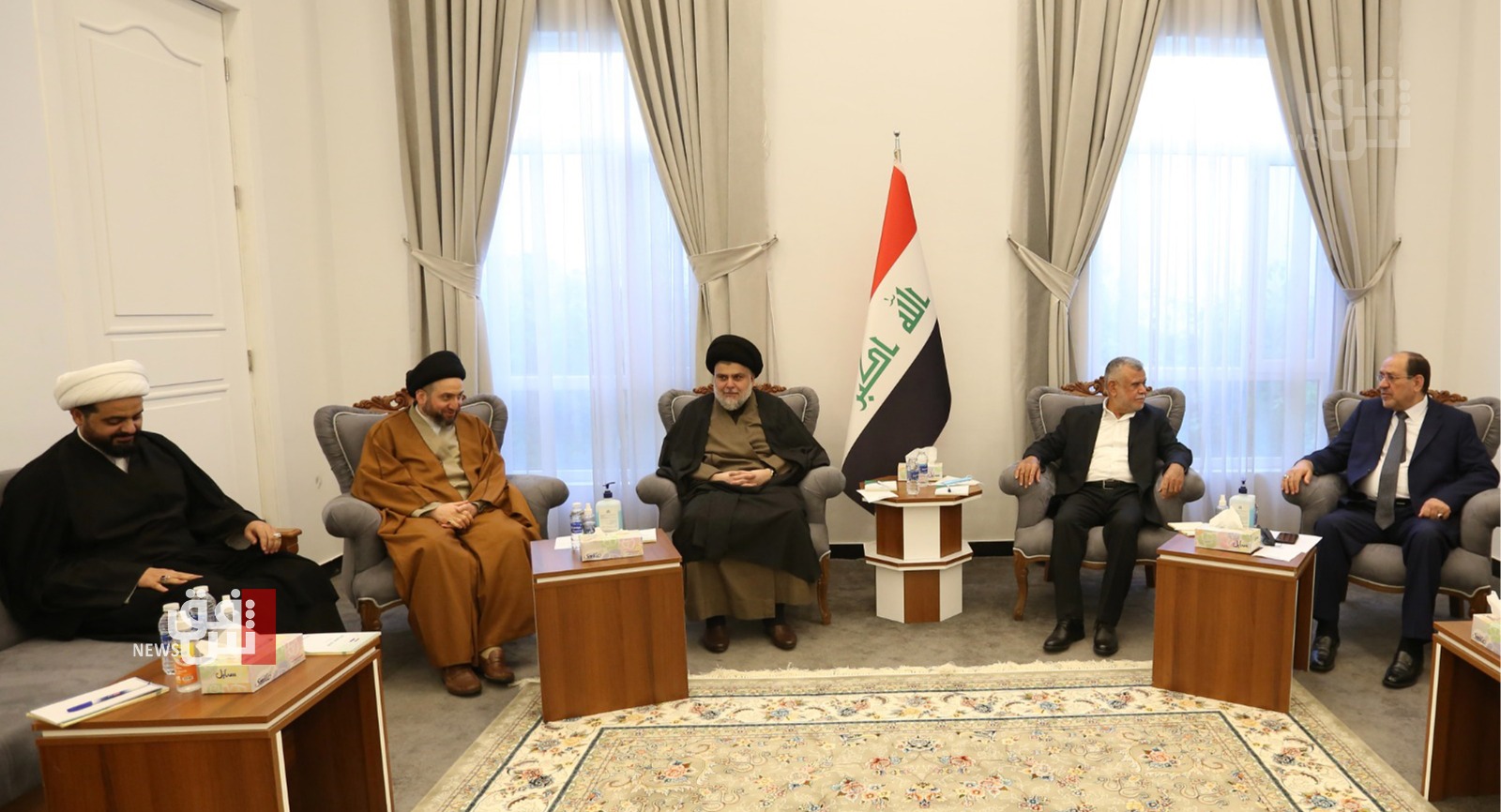
Shafaq News/ Observers of Iraq were shocked this week by the most tectonic shift in the country’s politics since the defeat of the self-proclaimed Islamic State. Muqtada al-Sadr, the mercurial, firebrand cleric, in the wake of his electoral victory in Iraq’s October elections, suddenly directed all the members of his political movement to resign from the Iraqi parliament.
To say this action was stunning would be an understatement. Iraq watchers immediately began to wonder if this was just a threat and was reversible (it appears not — though few things are ever final in Iraqi politics), or whether Sadr genuinely intends to “go to the street” and watch as the Iraqi political system collapses (perhaps with a push from his cadres).
Analysts have been unsuccessfully trying to determine Sadr’s motivations for almost two decades now, and getting into the rationale for this decision is difficult. But in general, there appear to be two theories, though mostly still whispered — Sadr is either making a very clever play to increase his legitimacy as there is no way to redeem the current system, or he has made a huge political mistake, ceding the initiative to his rivals.
The immediate effect is to tear apart the “Tripartite Alliance” between the (more or less) unified Sunni block, the Barzanis’ Kurdish Democratic Party (KDP), and Sadr’s Sairoon Party. Iraq’s election law dictates that in the event of a resignation, the seat goes to the candidate who came closest to winning. Since the Sadrist strength is in the Shi’a regions, these seats should all go to various Shi’a-based parties — the Hashd-aligned Fatah, former Prime Minister Nouri al-Maliki’s State of Law, and a unified list between former Prime Minister Haider al-Abadi and the Hikma party of Ammar al-Hakim. Smaller parties and independents will also take some of the seats. As the first three of these have unified into a block known as the “Coordinating Framework” (or just “the Framework” or even “the Frame”), they should now have a somewhat overwhelming 120-ish seats or about a full third of the total parliament. The government is clearly theirs to form.
Assuming that the new parliamentarians take their oaths without incident, the Iraqi parliament should then move quickly to form its long-delayed government. Muhammad Halboosi was already elected as the speaker months ago, but the deputy speaker (a position informally but forcefully reserved for a Shi’a politician) is one of the resigned Sadrists, so that position will need to be filled immediately, almost certainly by a member of Fatah.
The next task will then be to elect a president. This will remain the bottleneck in government formation, for two reasons. First, unlike all the other offices, which require mere majority votes, election of the president requires a two-thirds majority and a two-thirds quorum. The inability to put together a quorum for a presidential vote has been the stumbling block for the past months as Sadr attempted to form his government. Second, the two major Kurdish parties, the KDP and the Talabani-led Patriotic Union of Kurdistan, are at odds over the presidency.
The office is currently held by a stalwart of the latter, Barham Salih, perhaps Iraq’s most notable figure on the international stage. And the Framework is deeply indebted to Talabani’s party, as it stood by them in helping to block the formation of the Sadrist government. However, the KDP remains — particularly with the Sadrists having gone to the wilderness — the most unified large party in Iraq. Forming a government without the approval, however grudging, of their patriarch Masoud Barzani, former president of Iraqi Kurdistan, will be very difficult. So all eyes will be on the Kurdish north as interlocutors attempt to broker a deal between the two parties to gain consensus as to whether Salih remains in the presidency, or the KDP nominee — Rebar Ahmed Khalid Barzani — takes the post. It is possible (though it would be legally tricky) that a third compromise candidate could emerge.
Once the presidency is resolved, the rest of the process should move quickly. The division of ministries between the three ethno-sectarian groups is well understood by precedent (13 to Shia, six to Sunni, three to Kurds, and one each to Turkmen and Christians) and no attempt to change the traditional distribution is expected. The Shia (meaning the Framework) will control the Ministries of Oil, Electricity, Health, and Interior. The Sunni will control the Ministries of Defense, Planning, and Industry. The only question will be whether the Kurds have as their major prize the Finance Ministry or the Foreign Affairs Ministry (the “Kurdish share” has flipped between the two ministries in the past two governments, with the Shia taking the other), but that decision has been relatively amicably made in past formations and should not be a major issue.
(War on the Rocks)
